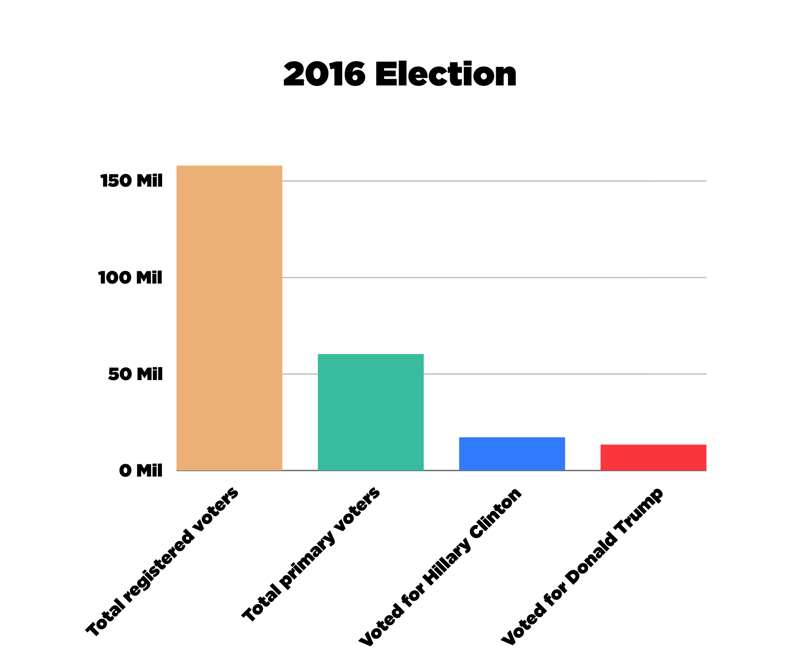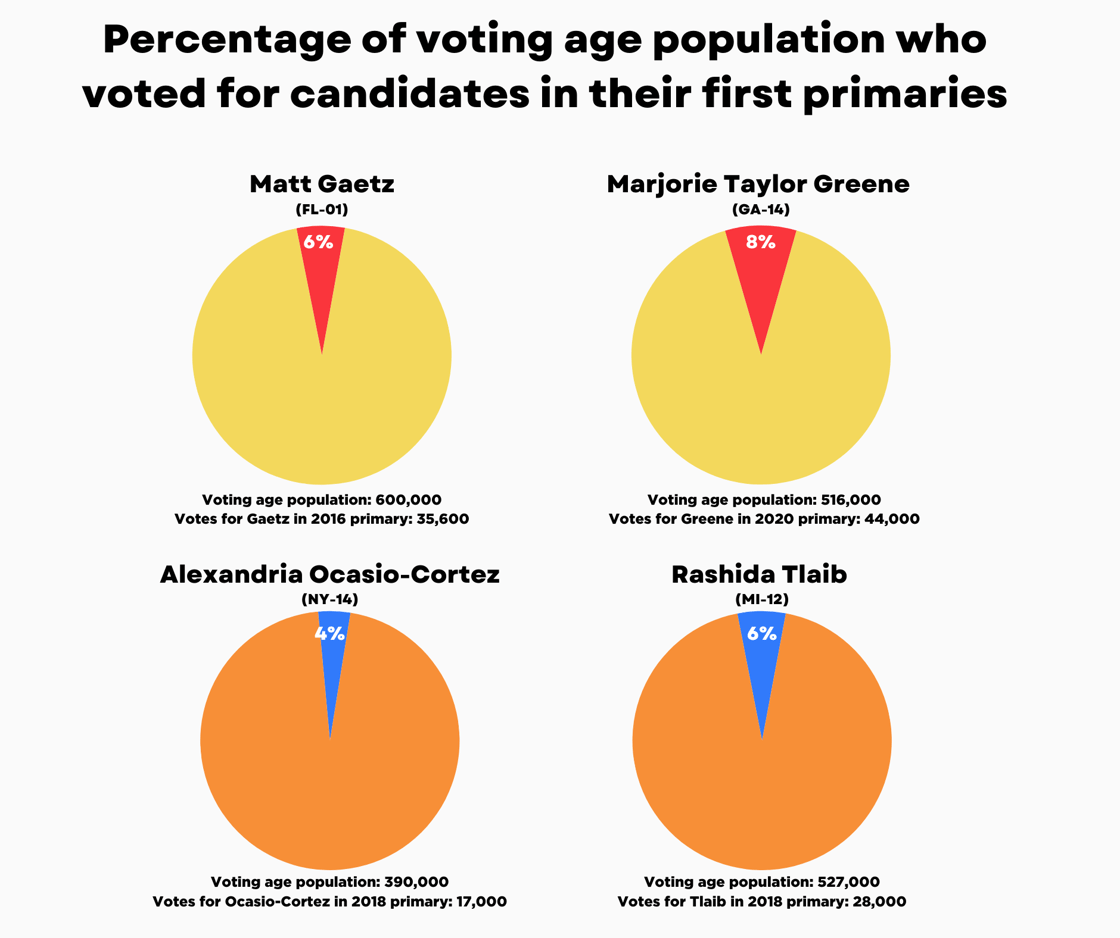Last week, the New York Times’ Thomas Edsall criticized No Labels for “gearing up to
pick a third-party presidential ticket without the constraints and safeguards of
primary elections and caucus contests.” We’ve published our response to his
questions and encourage you to read our thoughts.
Here’s a question: If our primary election process is so great, why is it about to produce the two most unpopular presidential nominees in modern American history?
America’s dysfunctional primary election system is arguably the single biggest driver of
division and extremism in American politics. The fact that this system can no longer
produce candidates that appeal to America’s commonsense majority is precisely why No Labels is planning to offer a Unity presidential ticket in the first place.
Last week brought fresh evidence of how both parties rig their primaries to prevent
viable competition when the Florida Democratic Party refused to put Minnesota Rep.
Dean Phillips – the lone Democrat challenging President Biden – on the primary ballot. Rep. Phillips said, “The intentional disenfranchisement of voters runs counter to
everything for which our Democratic Party and country stand.” He noted: “Americans
would expect the absence of democracy in Tehran, not Tallahassee.”
This is par for the course in both parties with the national Democratic Party as well as
state Republican parties taking several procedural steps to make it more likely
America ends up with the Trump vs. Biden rematch most voters don’t want.
Let’s count just a few of the ways that America’s primary election system produces
poor choices and perpetuates extremism.
1. Voter turnout in U.S. primaries is often less than half the turnout in general
elections.
In U.S. elections since 2000, the average turnout rate for primary elections is 27 percent of registered voters. In contrast, the average turnout rate for general elections is 60.5
percent of registered voters. Look how this dynamic played out in 2016, the last
election where both parties had a competitive presidential primary.
2. Primaries disenfranchise independent voters. Over 15 million registered
independents live in states where they’re legally barred from voting in partisan
primaries.
3. The most extreme members of Congress are often elected with the support of
less than 10 percent of the voting-age population.
4. Only 36 out of 435 House general elections were truly competitive in 2022.
One widely accepted definition of a “competitive” general election House race is one
that is decided by five points or less. There are fewer and fewer of these races every
year.
Today, low-turnout primary elections essentially determine who goes to Congress over 90 percent of the time. It’s so obvious America’s primary election system needs to be
fixed in a way that allows more voters to participate and that enables more commonsense candidates to compete. There are a lot of groups doing great work to make that
happen, but for 2024, at least, America is once again stuck with a primary system
designed to produce candidates that most Americans don’t want.
Voters can just accept this outcome or demand something better, and fortunately
many are choosing door number two.
We just announced that over 1,000,000 voters had signed petitions to get No Labels on the ballot in 2024, and this is just the beginning.
To success,
Ryan



